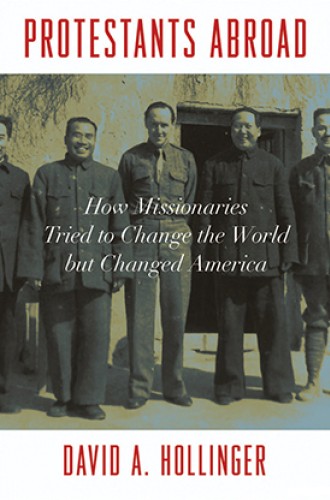How American Protestant missionaries helped usher in post-Protestant America
David Hollinger shows how the social gospel principles that drove mission abroad boomeranged back home.
In an essay titled “The United States of Lyncherdom” (1901), Mark Twain, in his familiar half-serious fashion, offered up a plan to put an end to American racial violence. “Let us import American missionaries from China, and send them into the lynching field,” he slyly advised.
We implore them to come back and help us in our need. Patriotism imposes this duty on them. . . . They have the martyr spirit; nothing but a martyr spirit can brave a lynching mob, and cow it and scatter it. They can save their country, we beseech them to come home and do it. . . . O kind missionary, O compassionate missionary, leave China! come home and convert these Christians.
Twain’s impolitic essay went unpublished until 1923, several years after his death, and at that time his proposal seemed but a hard-edged jest. But, David Hollinger’s new book suggests, it was prescient.





